Every cat owner with a succulent garden is trying to find an answer for the question “ How to Keep Cats away from succulents”. As cats are smart and unpredictable it is very hard to keep them away from small succulents.
The problem is some succulents are toxic and some have thrones. So it is important to keep cats away from succulents as much as possible.
So I am trying to provide some background information on how to keep cats away from succulents. I am sure as a cat owner this article will be very important for you.
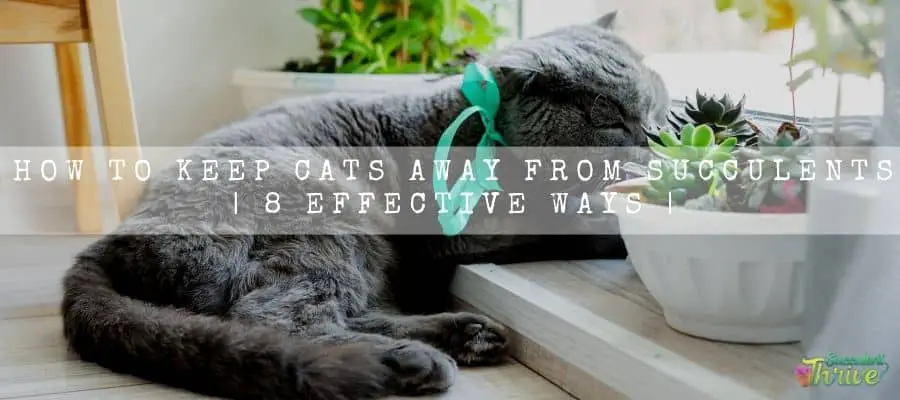
Why to keep cats away from succulents?
Succulents consist of about 60 plant families which are totally different from each other. Among them some succulents are toxic to cats and dogs.
If you are a pet lover and someone who wishes to grow a succulent at home, you should first do a complete search about toxic and non toxic succulents.
Based on that you could select a succulent safer for your cats and then grow them at your house.
If you own a succulent which is toxic to cats and if they have eaten that unfortunately, you could see them vomiting.
Apart from that they will show more symptoms such as diarrhea and eye irritation. Whenever you come across a situation like this, you should immediately contact the local veterinary clinic and get their instructions to treat them.
Do cats eat succulents?
It is not that common to spot your cat eating a succulent. They usually do not smell or either try and taste them.
Instead they will probably find your socks from your laundry basket more appealing. However cats could sometimes eat your succulents.
It is most probable for them to at least sniff around them, Hence why you need to be well aware of how to protect your cats from poisonous plants in case they consume them.
If at all, you could simply go ahead and plant a non toxic plant in your house garden so that you could stay hassle free.
How to keep cats away from succulents
Cages
You could utilize a cage to locate all your succulents in one place. If not you may use several cages to grow cacti in one cage and Echeverias in one more cage etc.
Further, you may locate these on shelves or on the windowsills too. In addition to them, you could even hang them through the Ceiling which could create a more dramatic view.
When you place them, ensure that you place them at a reachable height where you can easily water them. Having said that, many succulents need less frequent watering, So this won’t be a problem.
Many succulents would not want to grow while being too compact.
Keep in mind to not place the succulents which have thorns right next to the smooth succulents as the thorny succulents could harm them.
You would want to reduce watering, due to the high level of humidity once you grow all the plants together.
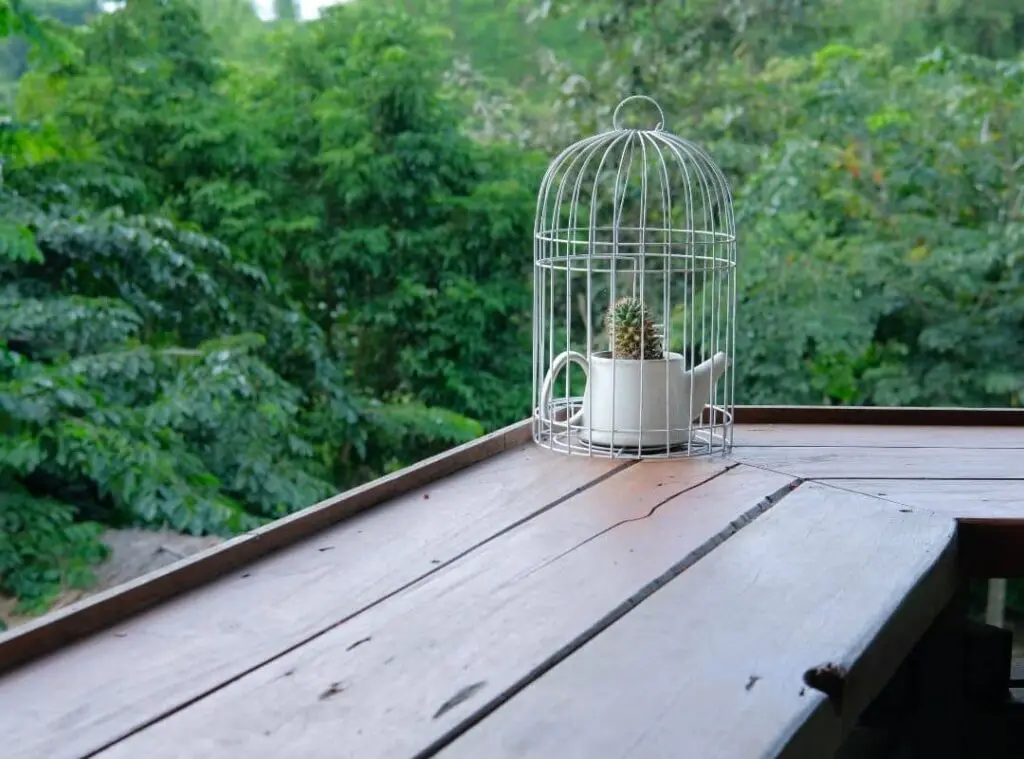
Terrariums
You could keep your succulents in open terrariums or even in closed terrariums to protect both parties (succulents and cats), if you are fond of indoor gardening and in decoration.
If the terrarium is too large, you should prepare a one definitive location for the terrarium, unless it would be hard to move them around.
When you place them ensure that they are stable there. So that the pets cannot topple them over. When you grow the succulents in terrariums, it will provide protection for your plants from the pets.
Furthermore, we would want to water them less. This option would be handy for the people who are very busy and do not have much time to spare on gardening.
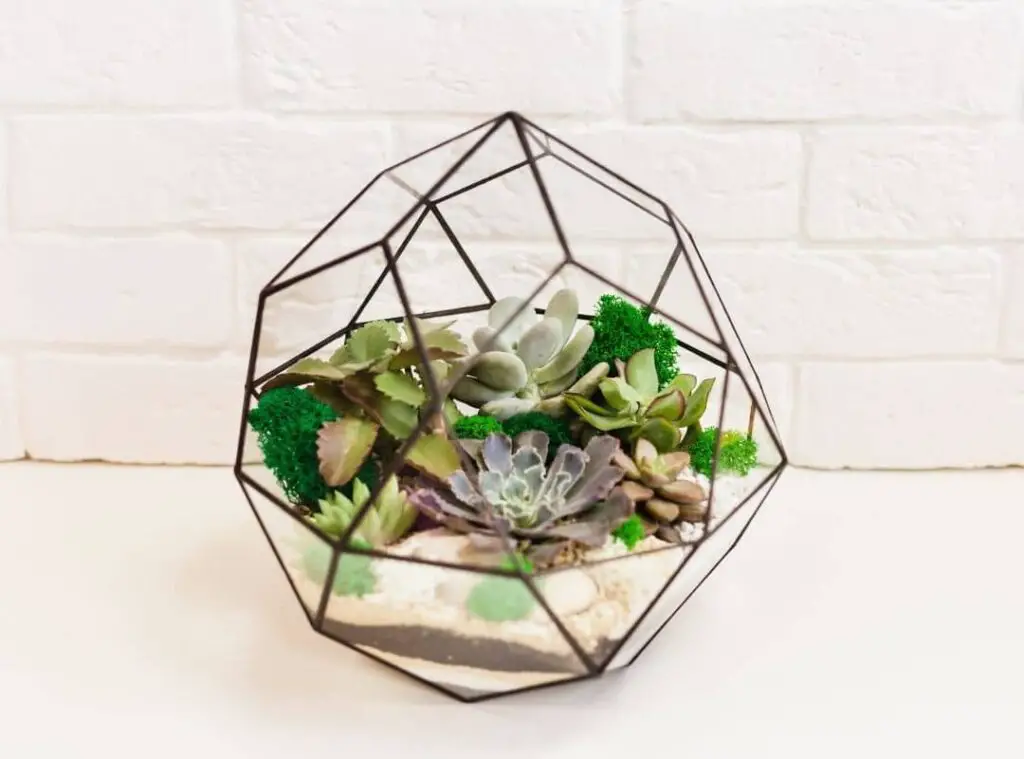
Sprays
Any pet owner could afford this as this is an inexpensive way of keeping your pets away from succulents.
You could find a wide array of pet repellent sprays in the pet stores and in numerous nurseries as well.
You could simply spray them on the plant which does not have any poisonous effect on any of them.
If you wish, you make one on your own at home too.by using vinegar, orange, lemon, cayenne pepper or chili pepper.
First of all, you could sprinkle pepper on the succulents or even mix it with water and spray it too. That way it would be better.
In addition to that, you may use diluted lemon or orange juice or white vinegar. You simply have to fill the spray bottle with 75 % water and add about 15 drops of oil.
Shake it properly and then spray on the plants. Continue doing this for about twice or thrice monthly. Later on the smell will slowly move away.
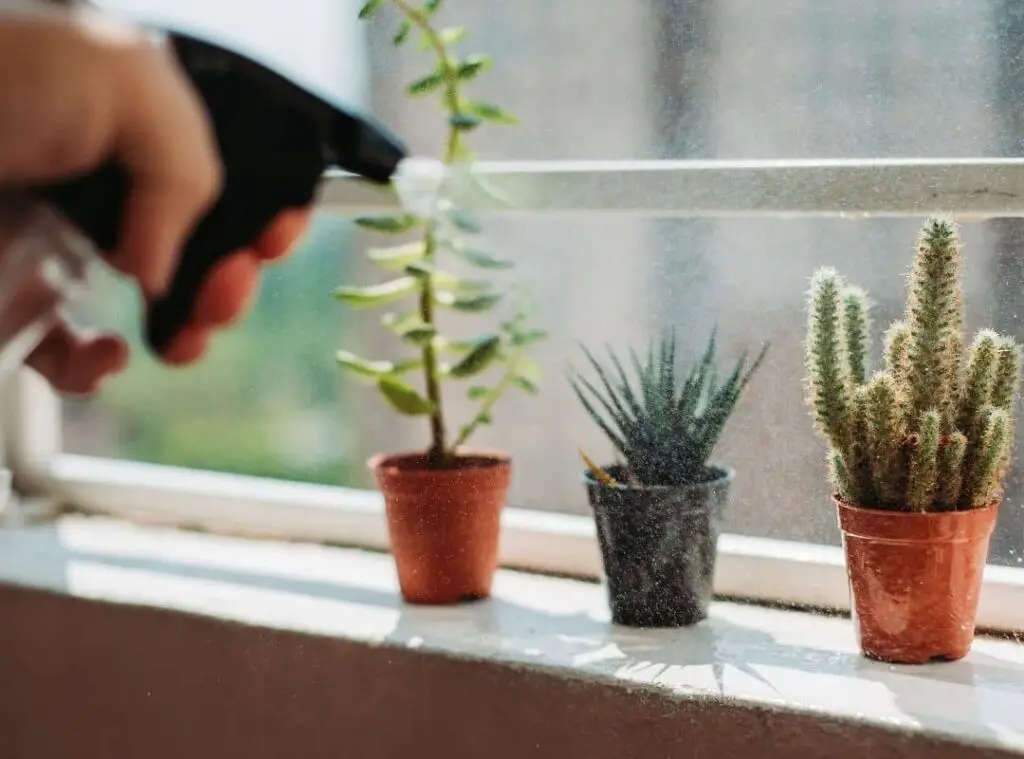
Coffee grounds
You could sprinkle coffee grounds on the soil surface. Moreover, leave some citrus fruit peels such as orange peels or lemon peels closer to your plant.
They will avoid the pets from damaging the plants. You could just use one substance from your kitchen or you could even make a combination for effects on a long term.
It will avoid the pets in reaching the plants as well as in replenishing the soil too.
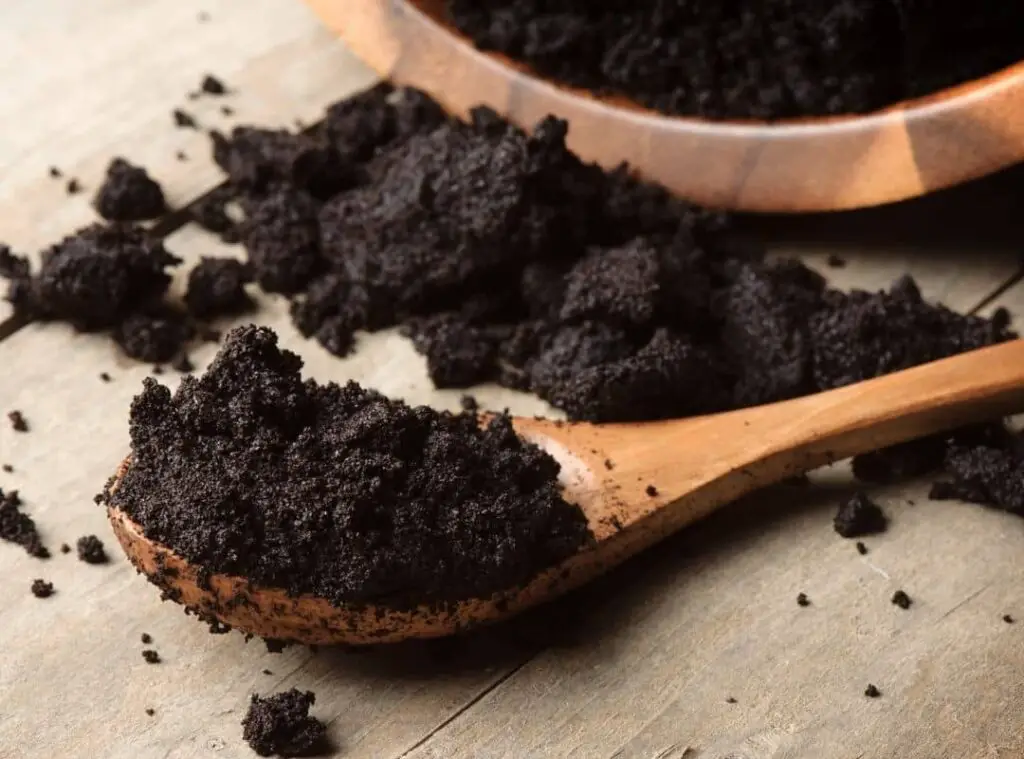
Wall planters
You could purchase attractive wall planters from any home décor store. Geometric wall planters would be a great pick for any home.
You could even fit it conveniently and safely. Do not try this with hanging succulents.
Despite how beautiful the hanging succulent are, you should not try this option as cats can scramble up on the wall and could jump and harm your plant.
When you locate the wall planter, ensure that it exposes the right amount of sunlight. Unless, you could only spot your succulents going through etiolation.
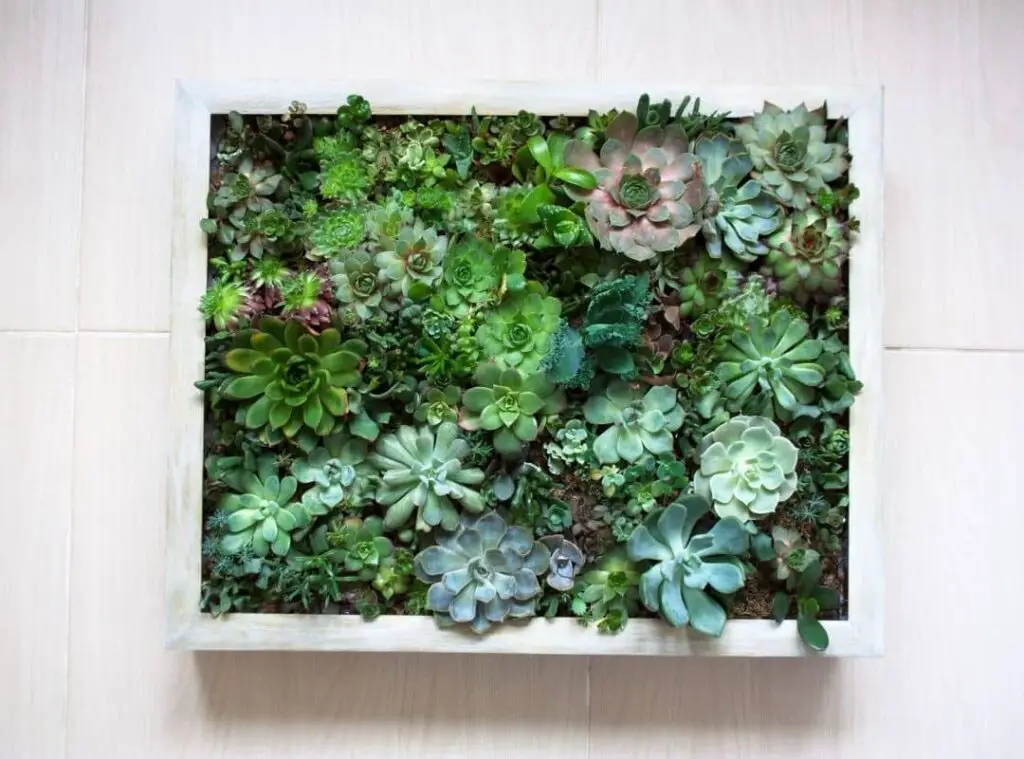
Prickly succulents
You should grow succulents along with thorny and prickly cacti. Cactus leaves are usually pointy and they are sharp too. It will not harm your pets.
However if by any chance, they poke their paws on them they will traumatize. Then, they will stop doing it once again.
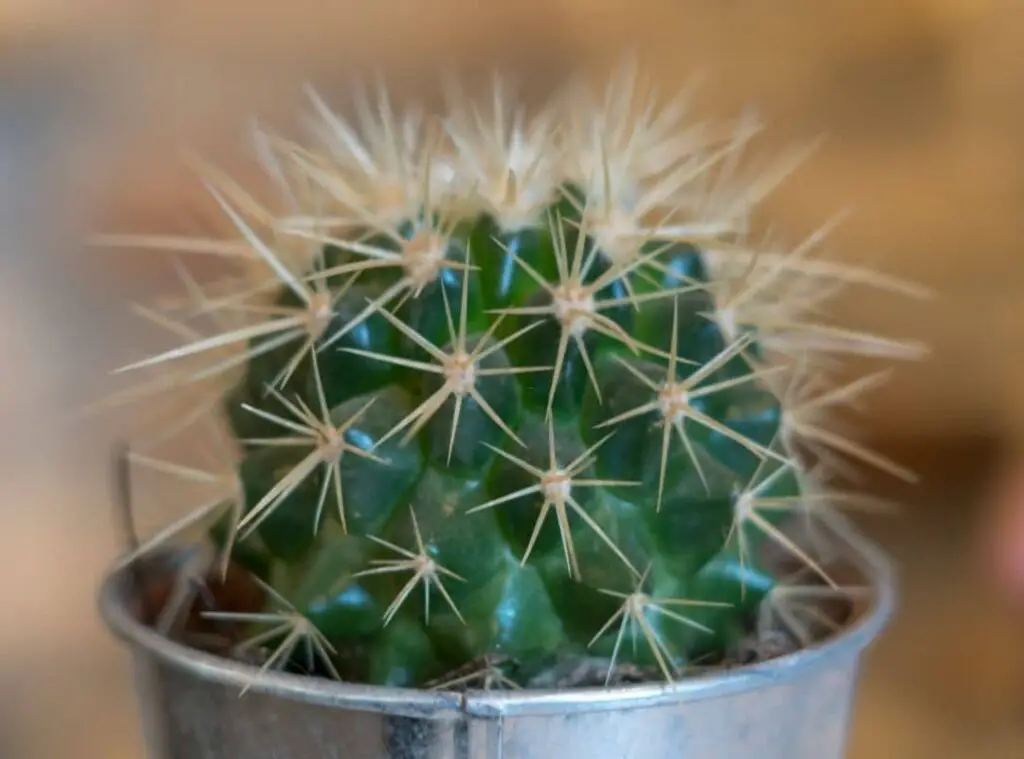
Aluminium foils
You could easily find this in many kitchens. What you have to simply do is to wrap a layer with Aluminium foils around the top part of the pot.
Moreover, you could place bits and pieces of aluminum wrap on the soil surface. The reason for doing so is that usually pets like cats do not prefer to walk on this type of material.
In addition to these, you could use pine cones also for this objective. You have to surround the plants with them so that the pets cannot reach the plants.
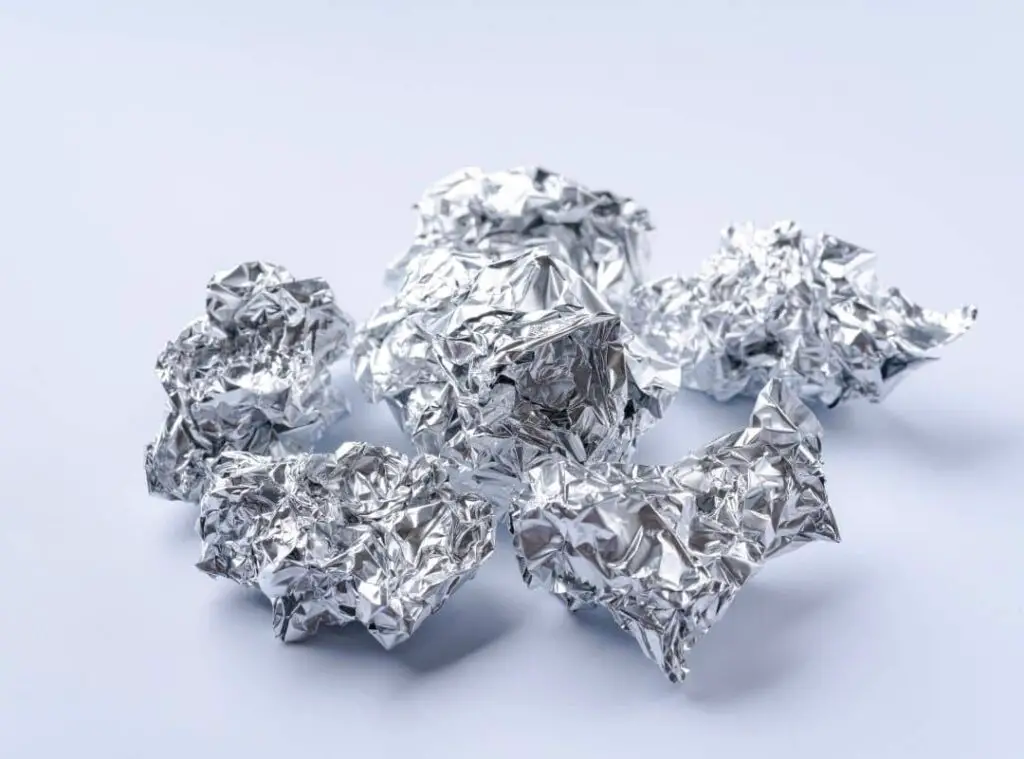
Treatments
If by any chance your cat consumes succulent, you should immediately identify the plant first.
Afterwards, contact your veterinarian and ask for his instructions whether the plant is harmful or not.
If he is not aware of the succulent’s impact it would make on the pets, you should contact the poison control center.
What succulents are poisonous
If you are still wondering as to what would be the best pick for you to grow if you have any pets around your home, find below a list of some poisonous succulents which you could avoid growing, while having pets at your home.
- Adenium
- Agave
- Albuca
- Aloe
- Cactus
- Cotyledon
- Crassula (Jade)
- Euphorbia
- Kalanchoe
- Ledebouria
- Pachypodium
- Sansevieria
- Senecio
The Aforementioned list does not include all the toxic succulents, but they could be useful to be aware of.
When you are growing them, you should ideally refrain from growing them indoors or instead you should keep them in places where the pets cannot reach.
If your pets do not usually come into your bedroom, you may make a succulent garden there.
Aloe plants
Aloe is a famous house plant with many medicinal benefits. For example we could treat a wound using Aloes.
However, this is a toxic plant for both cats and dogs. If by any chance they ingest this, it would be quite harmful as there is a substance named “aloin” which could pull the additional water into the colon of the pet.
Once this happens, they will show symptoms such as vomiting, diarrhea, laziness , inability to eat well and loss of appetite. Finally they could even change in urine color or tremors.
Euphorbia family succulent
If we take Euphorbia Tirucalli for an example , they are generally harmful for the cats if they consume it. In general people call this plant Firestick, pencil tree plant, pencil cactus etc.
This is a poisonous plant for horses as well. This is relatively a large genus which consists of more than 2000 species. Most of them are endemic plants in Africa region as well as in Madagascar too.
Their leaves will be thin and tiny in size. Further they will have branches which are in cylindrical shape. Their color could vary from green to orange to red.
Those colors could intensify during winter weather conditions. The most toxic part of them would be the sap they produce.
Their symptoms would be such as mild irritation to mouth and tummy, vomiting etc. Symptoms are not that severe and they are on a mild level.
Jade plant
The Jade plant is known as Crassula Ovata. They are very popular among gardeners as attractive house plants.
They look like mini trees and leaves will look like an oval. Further they could be glossy. They are so attractive and chances are that pets could also find it welcoming for them.
However, you should be vigilant and should not allow the cats to reach your Jade plant as it could be harmful for them once they consume it.
If they consume Jade plant, Symptoms would be vomiting, laziness, change in the pulse rate etc.
Kalanchoe
They are special since they can bloom even in the coldest temperatures. We could easily take care of them and could withstand the drought conditions too.
They have a chemical called cardiac glycoside which can cause lethargy, increase in salivation , vomiting, diarrhea and pain in the abdominal area.
If the pets ingest Kalanchoe in larger amounts, it could be lethal. The symptoms of ingestion include change in the pulse, labored breathing, weakness and collapse or it could be even fatal too.
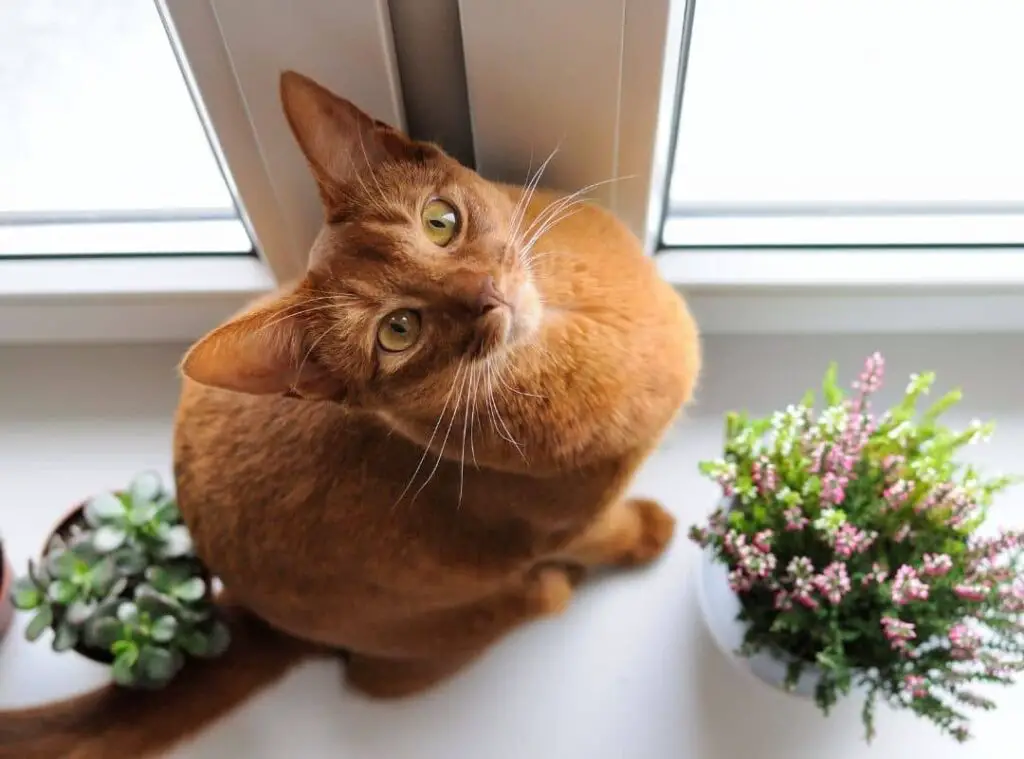
Is pachyphytum poisonous to cats?
They are poisonous for cats. Once your pet ingests this plant, you should immediately contact the medical intervention team for their instructions.
String of pearls is the common name of this plant. When the cats consume this plant, the symptoms are drooling, diarrhea , vomiting, laziness etc.
Further there could be some who would have irritation to the skin and on the mouth also. You should get instructions from your veterinarian.
Is haworthia cat safe?
This is a cute cat friendly succulent. These plants are easy to care for and even harder to kill.
You only need to provide a bright, indirect sunlight spot along with a proper nice planter with fast draining.
Avoid exposing them to direct sunlight. If you provide this plant with excess water, it could be fatal for them.
In spring you may water them adequately. On the other hand, in summer you may water them once the soil is dry only.
During winter in fall, you may restrict watering to just once a month or once every two months.
Does sedum toxic to cats?
Sedum succulents are not generally harmful for cats. You could start growing a Sedum without any doubt when you have cats at home.
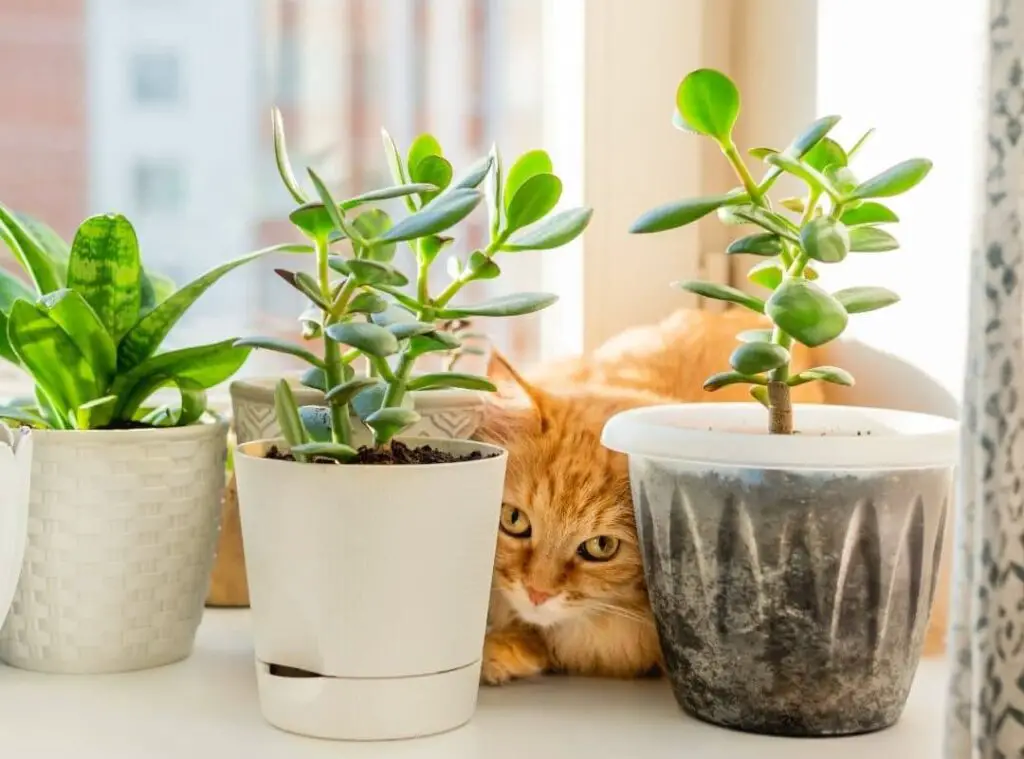
Are succulents poisonous to rabbits?
However rabbits generally do not eat succulents. In case they do, there are certain succulents which could be harmful for them.
Pencil cactus
If we take a succulent like pencil cactus, it is a harmful plant which could harm them. It could in fact create a sudden pain when they ingest it.
This plant could even be harmful for humans too. It contains a milky substance which could lead to injuries in gastrointestinal and dermal areas.
Aloe Vera
Aloe Vera is a great house plant which a lot of people tend to grow at houses as they have a medicinal value too. You should avoid the rabbits reaching these plants as they could be harmful.
Rhubarb
This is a famous garden plant which you could spot commonly. You could use this for cooking purposes also. It contains oxalates which could avoid the calcium absorbing process. As such, this is a poisonous plant for rabbits though it is not fatal for them.
FoxGlove
You could commonly spot this in hedges and in woodlands. However you could even grow it as a houseplant since it is a treat to watch them when they bloom.
This plant has chemicals and elements such as cardiac glycosides which could be very harmful for them.
If by any chance, the rabbits consume this, they could show symptoms such as diarrhea, pain in abdominal areas and even a change in the heart beat.
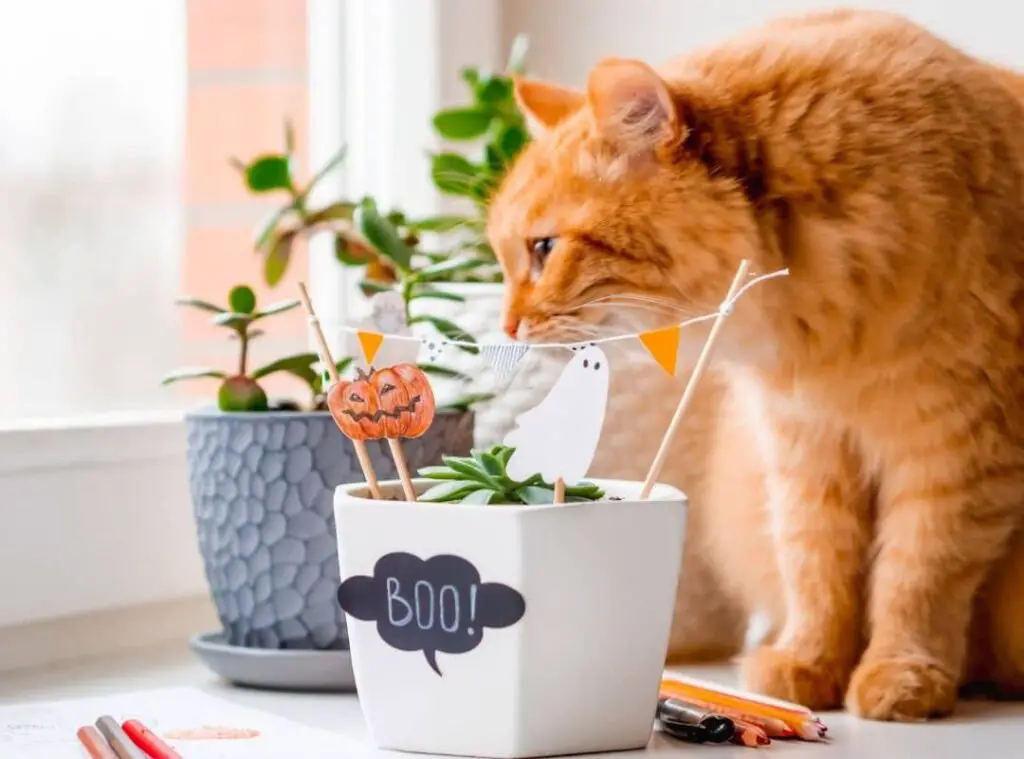
How to keep cats from eating succulents
You could be tactful in growing cat grass to distract the cats from eating the succulents. This type of grass does not carry any fragrance.
Further they do not even contain any pollen which could be allergic. It will be one enormous distraction for the cats.
Secondly, You could use a DIY citrus spray for this purpose. You could utilize lemon juice and water and create a simple cat deterrent plant spray.
You should mix these elements at a ratio of 1 tablespoon of lemon juice to 01 cup of water. For better results, you even add some lemon and citrus oil into this spray bottle.
Generally cats are not fond of citrus. Hence once they smell it, they won’t even reach your plants. When you use this, ensure that you do it lightly.
Finally, you could prepare a unique planter for your wall.
How to keep cats away from cactus
You could use a DIY citrus spray for this purpose. For that you could utilize lemon juice and water and create a simple cat deterrent plant spray.
You should mix these elements at a ratio of 1 tablespoon of lemon juice to 01 cup of water. For better results, you even add some lemon and citrus oil into this spray bottle.
Generally cats are not fond of citrus. Hence once they smell it, they won’t even reach your plants. When you use this, ensure that you do it lightly.
Read Next: What Does Light Stress Look Like? | 13 Important Facts |
